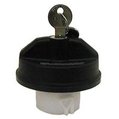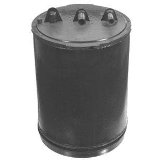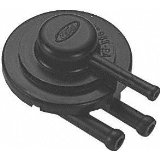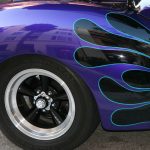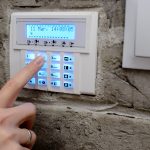This page will be about other causes of vapor leak codes. But if you are interested in more information on the loose or leaking fuel cap subject I have put together a gas cap code video that discusses this common check engine light problem. The video outlines steps you can take to correct the issue before spending time and money at the car repair center.
Emission control systems codes
Find Your Online Car Repair Manual Today! ->>
According to the government these vapors must not be allowed to escape from the fuel tank and into the atmosphere. Since the first systems were used nationwide in the late 70s several advances have been added. Some of the modern systems include a special gas tank designed to limit the amount of fuel that can be put in the tank.
This unfilled space in the tank allows for in tank storage of vapor as well as expansion and contraction of the gas itself. It is hard to believe but in the old days they use to have a vented fuel cap to avoid pressure buildup in the system. Nowadays a completely sealed gas cap is used.
Fuel vapors from the gas tank are routed to the canister and stored. When the vehicle is started vapors are drawn from the canister to the intake manifold by engine vacuum. Keep in mind that different vehicle manufacturers will deploy different methods of handling this function. On many new vehicles the computer will operate relays, solenoids and valves to burn this unwanted vapor at the right time.
Canister purge valve problems
Most often these consist of a vacuum input signal that controls the device slaved to the car’s main computer, a vapor inlet port and a purge port that will run a vacuum line to the intake manifold. This component can turn on and off and burn fuel vapor at the most opportune times.
When common check engine light problems occur different codes can set for the different components that are mentioned above. If you have a code in the P0400 range this refers to an evaporative emission system malfunction. In my opinion your best bet would be to follow a diagnostic chart for that specific code this is often the shortest distance to a repaired automobile.
For more of the latest posts to this blog about auto repair this next link takes you back to the homepage from this page about the common check engine light problem.

